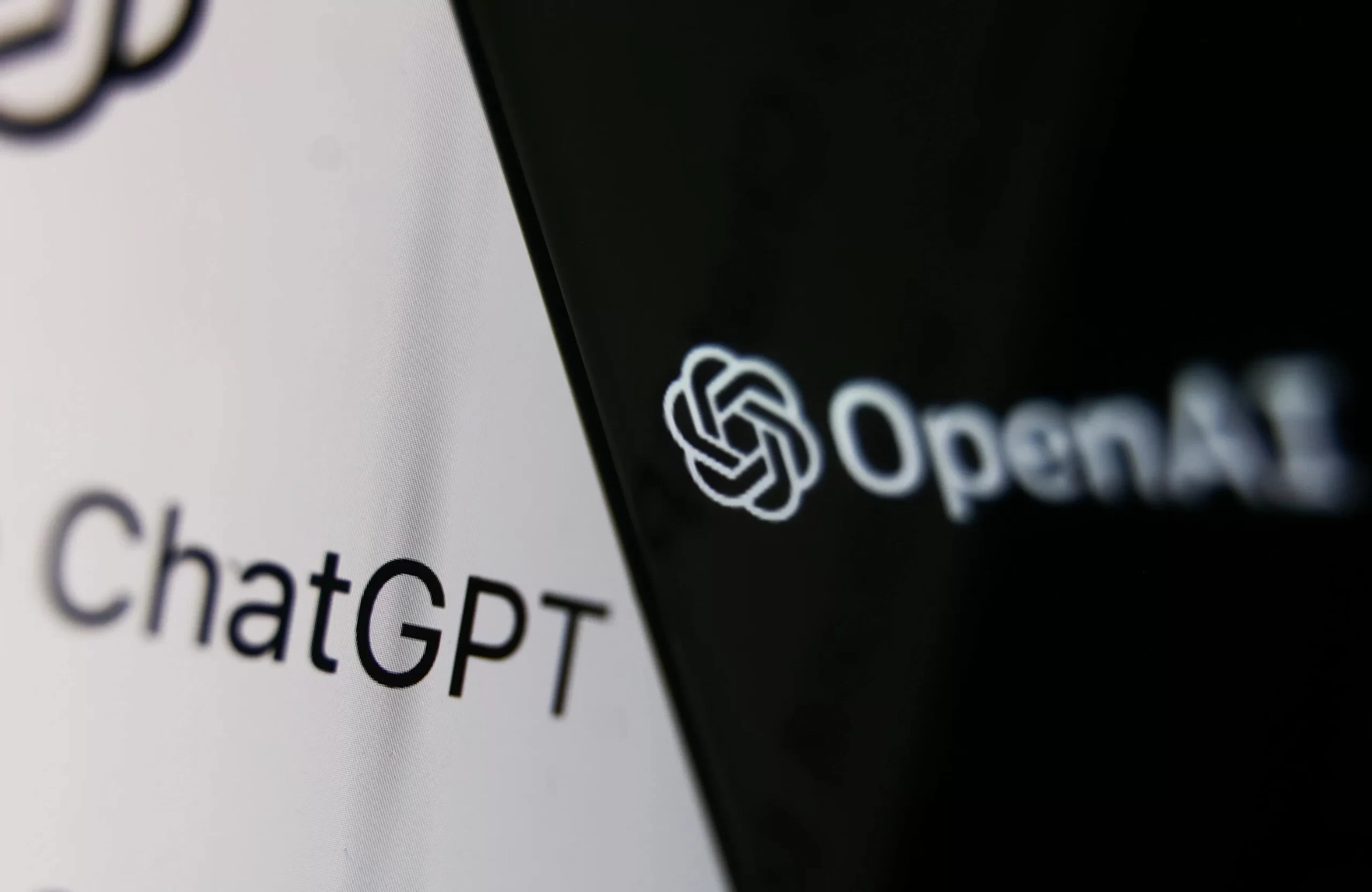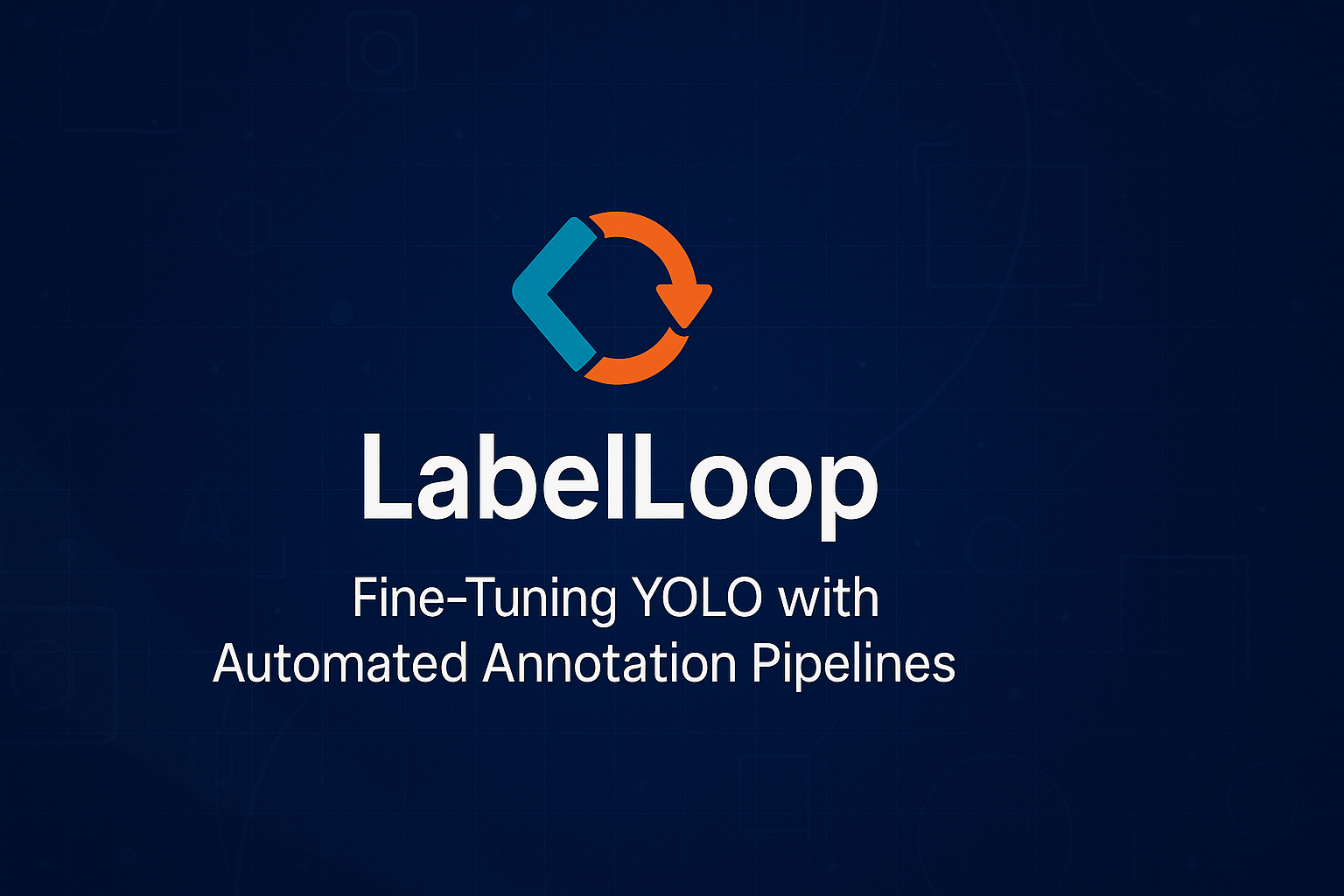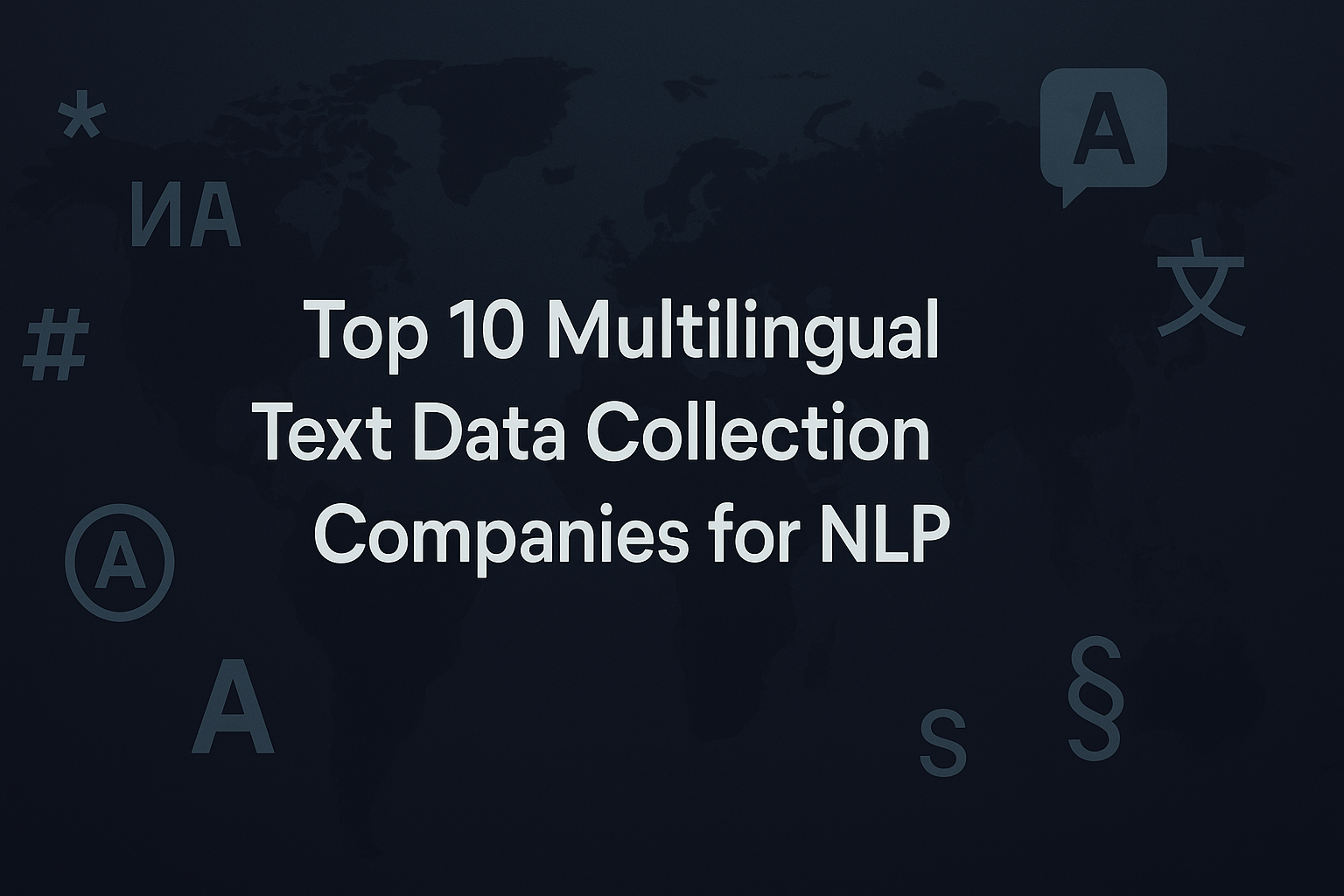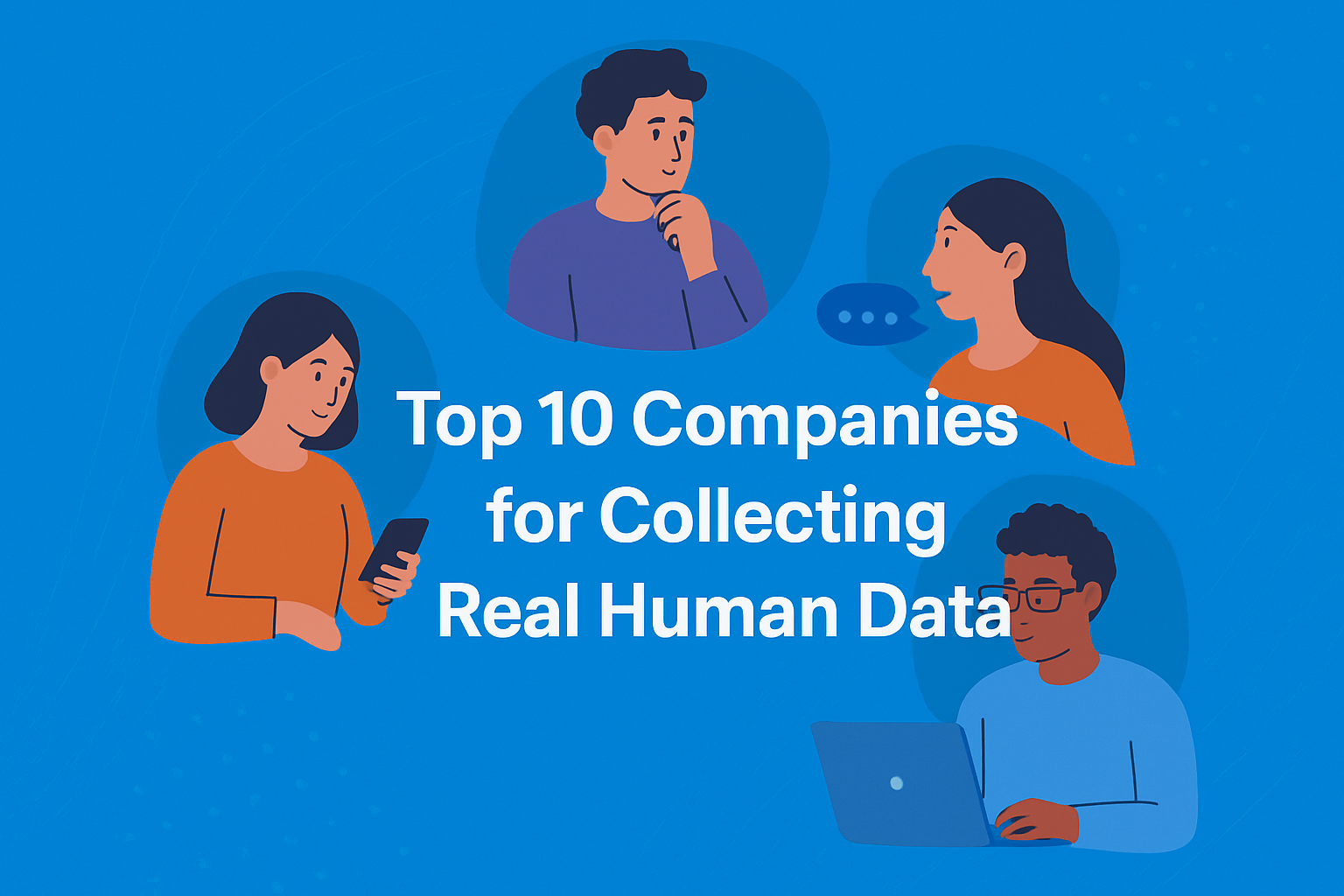ChatGPT, also known as the Generative Pre-training Transformer, is a state-of-the-art language model developed by OpenAI. It is based on the transformer architecture, which was first introduced in the paper “Attention Is All You Need” by Google researchers in 2017.
The transformer architecture has since been adapted and improved upon by various researchers and companies, but ChatGPT stands out as one of the most advanced and capable models currently available.
One of the key features of ChatGPT is its ability to generate human-like text. This is achieved through a process known as pre-training, in which the model is trained on a massive dataset of text before being fine-tuned for specific tasks. The pre-training process allows ChatGPT to learn the underlying structure of language and develop a deep understanding of the nuances and subtleties of human communication.
Another important aspect of ChatGPT is its ability to handle a wide range of language tasks. This includes language translation, text summarization, question answering, and more. This is made possible by the model’s use of the transformer architecture, which allows it to handle multiple tasks simultaneously by adjusting the weights of its neural network.
In addition to its capabilities as a language model, ChatGPT has also been used in a variety of other applications. For example, it has been used to generate text for chatbots and virtual assistants, and it has been integrated into other AI systems such as recommendation systems and image captioning models.
Despite its impressive capabilities, there are also some limitations to ChatGPT. One major limitation is its large computational requirements. Because it is such a large model, it requires a significant amount of computing power to run, which can be a problem for some users. Additionally, the model can sometimes generate text that is nonsensical or offensive, highlighting the need for further research in the field to ensure the model’s outputs are safe and appropriate.
Overall, ChatGPT is a powerful and versatile language model that has the potential to revolutionize the way we interact with and understand language. With continued research and development, it has the potential to become an even more powerful tool for natural language processing and other AI applications.
How to use ChatGPT
If you are ready to chat with AI, get started on your first ChatGPT journey by creating an account.

2. Click Sign Up and say Create an OpenAI account.

- Fill out your email and password.
- Verify your email and phone number.
After creating an account with OpenAI, you will be greeted with standard disclaimers. Make sure to read them thoroughly, as it includes the fact that AI trainers may review your interaction with the ChatGPT to review the system’s performance.
Once you log in to the platform, you will see their dashboard where you could chat with an AI bot.

In conclusion, ChatGPT is a state-of-the-art language model developed by OpenAI, based on the transformer architecture. It is capable of generating human-like text and handling a wide range of language tasks. Its pre-training process allows the model to learn the underlying structure of language and develop a deep understanding of the nuances and subtleties of human communication. It has been used in a variety of other applications such as chatbots and virtual assistants, and it has been integrated into other AI systems such as recommendation systems and image captioning models. Despite its impressive capabilities, it also has some limitations, such as its large computational requirements and sometimes nonsensical or offensive outputs. With continued research and development, ChatGPT has the potential to become an even more powerful tool for natural language processing and other AI applications.












